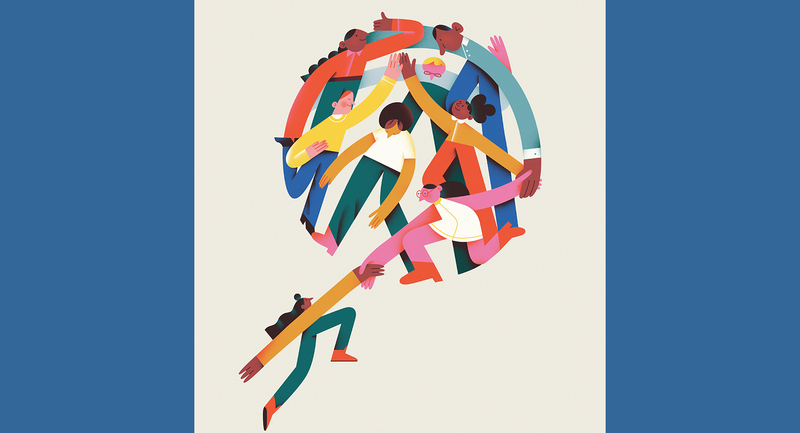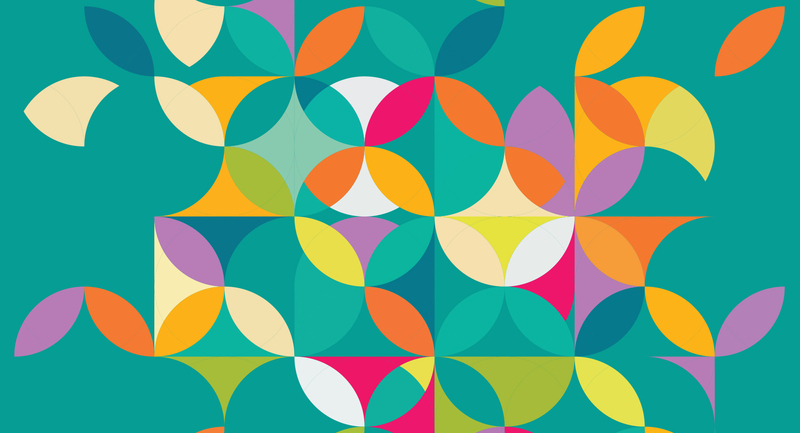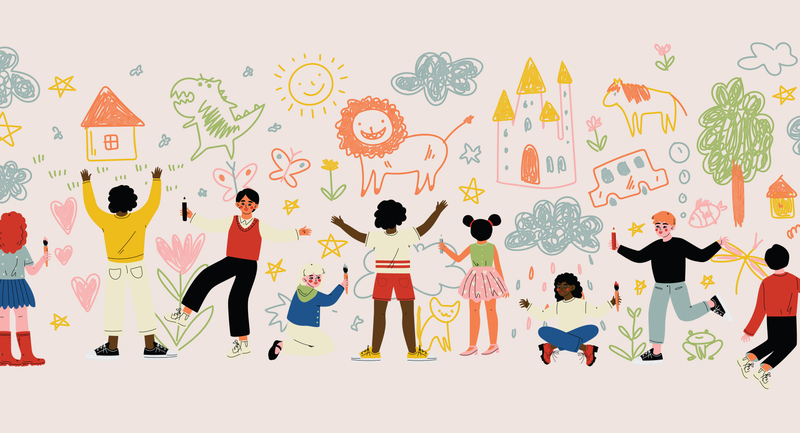Student engagement is at the core of learning. When students are engaged, they're more successful and classroom culture improves. So how can teachers increase engagement in meaningful ways? I've found that the best place to start is your worst lesson. Find the unit you wish you didn't have to teach, and you'll likely notice that's when student engagement was at its lowest. Now, strip the unit to its essential questions and learning goals and rebuild it. But this time, frame your lessons with authentic learning experiences.
1. Find an authentic audience. When I first took my high school Latin class on a trip to Italy, I asked students to reflect in journals each night as part of their language grade. When I collected the journals midway through our travels, I was disappointed: not a single student had taken the reflections seriously. The few journal entries they made were scribbles, incomplete sentences, or incoherent babble.
Frustrated, I spent the following summer redesigning the trip's curriculum with a new focus: an authentic audience. I had noticed that when we were sightseeing, the students reflected verbally with one another and took pictures and made videos to send to family and friends. The students wanted to share their observations, not bury them in a private journal. With that in mind, we built a website in Google Sites (modeled after TripAdvisor). Throughout the school year, students researched artifacts they would encounter in Italy and wrote short "must-see" posts. Then, when we visited the artifacts in person, the students were the experts. At the end of each day, we posted "reviews" for family and friends to read.
The nightly recaps were incredible! With an audience in mind, students were thoughtful, excited to showcase their expertise, and eager to post their photos. Having an authentic audience powerfully engaged students in the reflective process.
2. Include student passions in curriculum design. Whenever I walk into an elementary school faculty meeting and mention Minecraft, I receive a reflexive response: "All the students want to talk about is Minecraft!" The students are practically telling us the key to their engagement if we are willing to meet them where they are.
So, I took my worst unit in our 7th grade curriculum—ancient art and architecture—and considered how I could leverage Minecraft to improve student engagement. The result was a yearlong study that integrates design thinking processes; computational thinking; and, of course, Minecraft.
In the fall term, students undertake a survey of classical buildings and architectural elements. What had once been a slow-moving cultural exercise that resulted in low quiz scores quickly became a creative experience with the goal of devising a classical structure in Minecraft.
In the winter, students research an ancient building and draw blueprints on graph paper. The scale is 1 square = 3 feet—the same as a Minecraft block. By spring, the students have spent six months honing their knowledge of ancient buildings and are ready to become the architects, reconstructing their creations in the Minecraft world.
When students share screencast tours of their digital reconstructions, they eagerly tell the stories of their buildings and the challenges they overcame in reproducing rounded classical elements in Minecraft's square world. Engagement is off the charts when I meet students in their digital world.
3. Change the platform. When I asked my 8th graders to learn a list of ancient rulers, their years in power, and the significance of their reigns, I was met with blank stares. It got worse when I gave out charts to complete as they read through the textbook. This was the least engaging unit in our 8th grade curriculum.
The following year, I changed the platform. I asked students to take their notebook computers back in time and put themselves in the shoes of these rulers. Instead of memorizing facts, we would fill out a profile. Using a social media template in Google Sites, we considered several questions: What information would a ruler share in a digital footprint? What would a ruler hide? How would others respond?
The students loved posting historical portraits and role-playing. They were disappointed in their ruler's faults and competitive about their accomplishments. Switching the platform from paper notes to a social media profile was a game-changer.
The greatest lesson I have learned as a teacher is that students will tell you how they want to learn. By including student passions in lessons, finding authentic audiences, and establishing new platforms, we can give students what they crave most in their learning experiences: a voice.
Would you like to write for the next "Road Tested" column? Click here for submission details.








